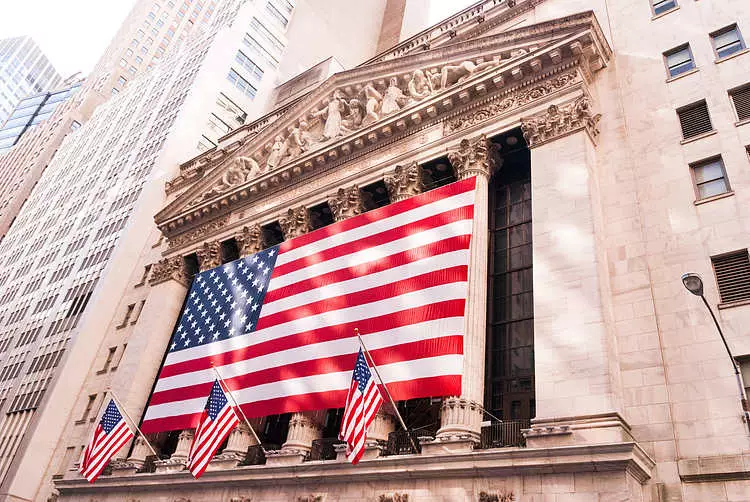In recent trading sessions, the US S&P 500 index has positioned itself ominously close to the psychologically significant threshold of 6000. The proximity to this level has stirred various interpretations among investors and analysts alike. Typically, such milestones serve as psychological barriers, and the market’s momentum during the latter half of the week appears uncertain. This uncertainty is attributed to two primary factors: market fatigue following a 5% rally and a persistent strengthening of the US dollar.
A critical aspect to consider is the inevitable profit-taking behavior that surfaces after substantial market advances. As the post-election rally began to wane, many investors opted to secure gains, leading to a notable pullback in the US indices. Notably, the dollar’s ascent intensified this sell-off, peaking at the upper edge of a two-year range against a collection of major currencies. This dynamic raises questions about the sustainability of market gains and the psychological battlegrounds investors have to navigate.
Despite the recent pressures on equity markets, investor sentiment remains notably resilient. Indicators like the VIX Fear Index, which dipped below 15, signal a prevailing confidence among market participants, echoing levels close to a four-month low. Meanwhile, the Fear and Greed Index has hovered around 59, teetering on the edge of a transition from ‘greed’ back into ‘neutral’ territory.
Interestingly, prior peaks in this index were accompanied by ‘extreme greed’ conditions, often signifying market overexposure. This suggests that while the potential for a market backlash exists, there is also room for cautious optimism, particularly as some investors might seize this opportunity for re-entry after local profit-taking activities.
A noteworthy feature of this market period is the historical performance between November and January—often heralded as advantageous for equities, particularly during bullish trends. Should the S&P 500 experience a calculated pullback to the 5900 level, it could serve as a pivotal correction target. This level not only aligns with the psychological round number but also coincides with a notable technical retracement of 61.8% from recent highs.
Contrasting with the US indices, the Hang Seng Index is grappling with significant challenges. After a steep decline of 20% since its peak in early October, it appears to be entering a bear market phase following six consecutive weeks of decreasing values. The technical implications of this drop are stark, and many market observers are divided on the overall trajectory for Chinese equities.
Intriguingly, the trading volumes in the Chinese market have surged, reflecting the investors’ mixed feelings about the outlook. On one hand, there are apprehensions regarding insufficient governmental stimulus, whereas, on the other hand, unease about potential trade conflicts looms large. Current retracement points reveal that despite a robust 40% rally since September, a mere 15% of this advance has been relinquished, indicating that underlying strength may persist amid the turbulence.
What adds to the bearish narrative for the Hang Seng is its inability to breach significant resistance levels established near 22500, a threshold challenged multiple times in the past year. The repercussions have left the index only halfway recovered from its staggering slide, which saw it drop from a high of over 31000 in early 2021 to lows in late 2022.
As we gaze into the forthcoming weeks, the prevailing sentiment is one of caution, especially with the S&P 500’s potential pullback. Many investors are closely monitoring patterns for signs of a market turnaround, but such signals remain elusive for now. The Hang Seng’s low points suggest our current trajectories may lead to further declines in the medium term.
While the S&P 500 teeters on the brink of an essential psychological level, the Hang Seng Index reflects the perennial challenges facing its markets. The coming weeks will require careful attention to market developments, as investors interpret these technical shifts and shifts in sentiment. The intertwining of psychological thresholds, investor confidence, and international market dynamics will be key factors shaping the future of these capital markets.


Leave a Reply